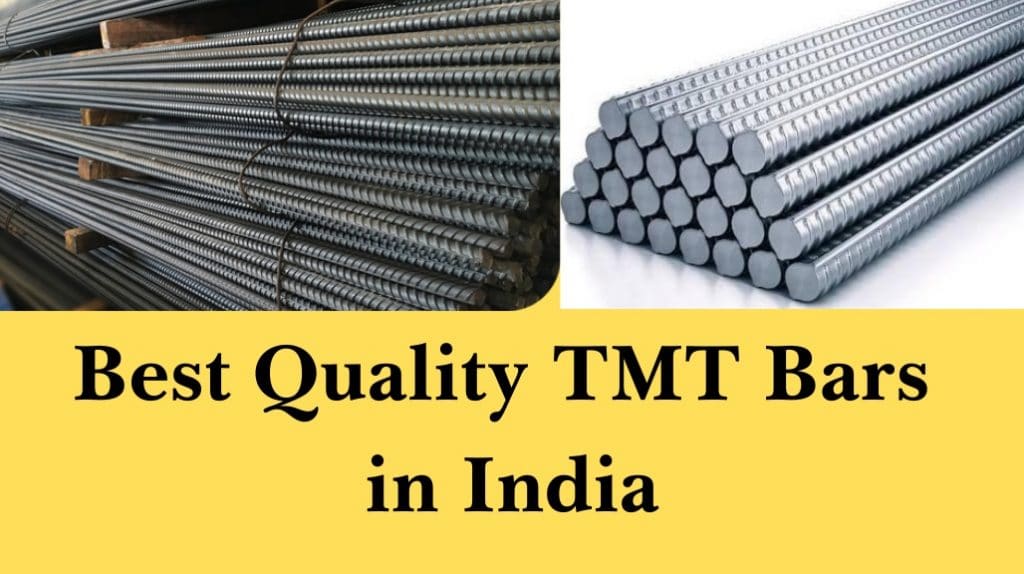TMT (Thermo-Mechanically Treated) bar is a type of steel bar that has undergone a special heat treatment process that improves its properties such as strength, ductility, and weldability. It is commonly used in construction for reinforcement of concrete structures, such as buildings and bridges. The process of TMT involves quenching the steel bars in water or oil after they have been heated to a high temperature, which improves their mechanical properties and makes them more resistant to bending and breaking.

